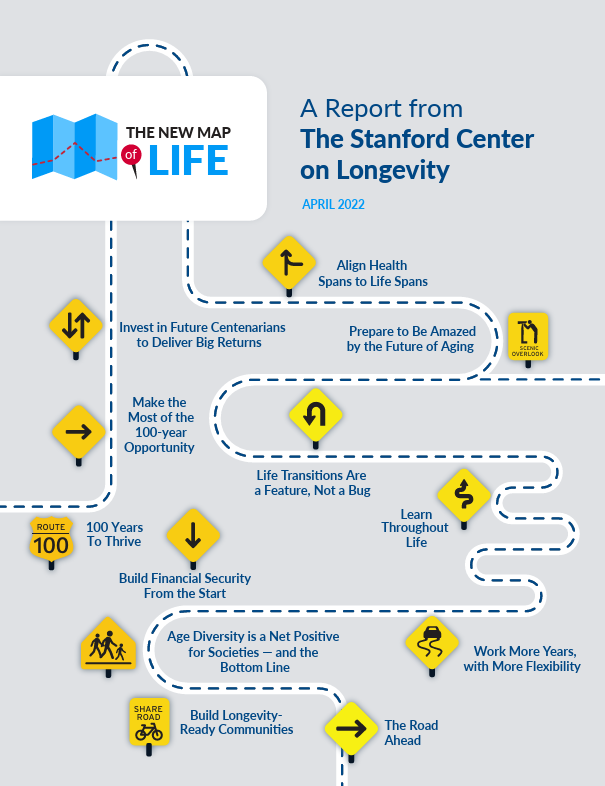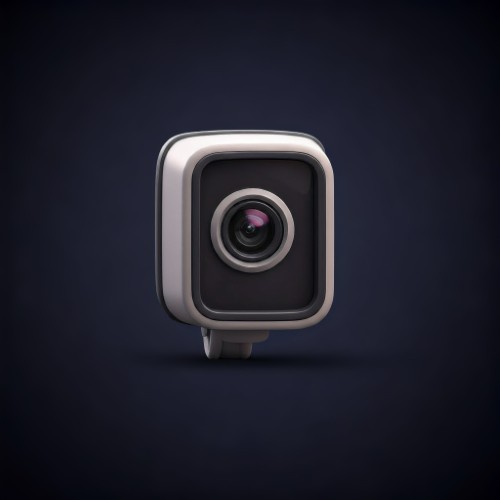The College of Behavioral and Community Sciences at the University of South Florida has received a grant to develop an AI chatbot to assist older adults concerned about cybercrime. The chatbot will be trained using information on cybersecurity best practices and victimology. The goal is to help older adults who have experienced or are concerned about cybercrime.
The chatbot will be available to older adults through a variety of channels, including social media and a dedicated website. It will be able to provide information on a variety of topics, including how to protect themselves from cybercrime, what to do if they have been the victim of a cybercrime, and where to get help.
The chatbot is expected to be available to the public by the end of 2025.
This is an important initiative that will help to address the growing problem of cybercrime targeting older adults. It is also a great example of how AI can be used to help people in need.









